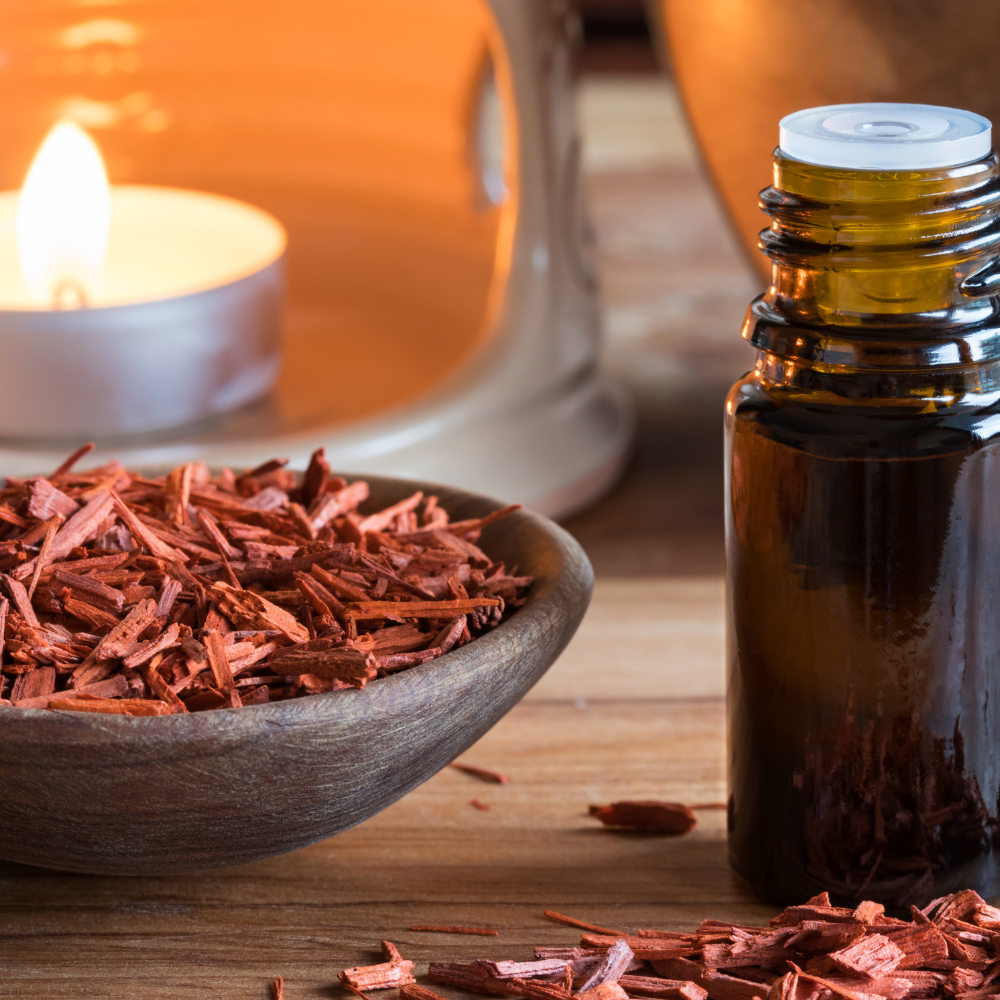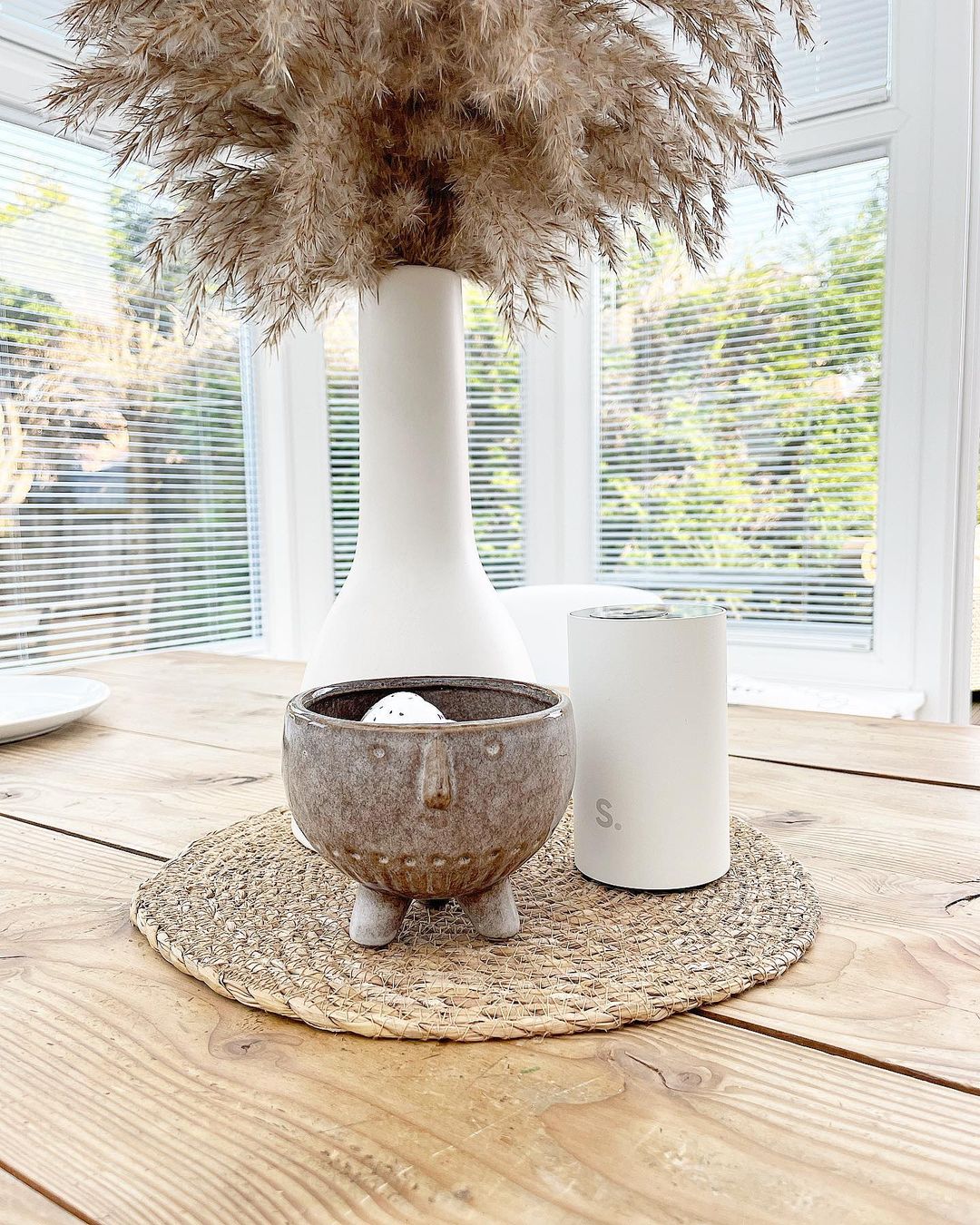Sleep quality depends on numerous factors: environment, stress levels, routine consistency, and physiological readiness for rest. Yet one element that often gets overlooked in sleep optimization is sensory environment design—specifically, how carefully selected aromas influence the neurological pathways that govern sleep onset and sleep depth. Waterless diffusers represent the evolution of home aromatherapy, delivering pure essential oils without water dilution, heat damage, or maintenance complications. Understanding how to strategically pair specific oils with waterless diffuser technology transforms casual fragrance use into therapeutic sleep support.
This isn't casual scent preference. Neuroscience demonstrates that specific aromatic molecules directly influence brain regions controlling sleep, stress, and emotional regulation. Lavender, chamomile, and cedarwood don't just smell pleasant—they activate parasympathetic nervous system activation, reduce cortisol production, and promote the neurochemical shifts necessary for restful sleep. Waterless diffusers deliver these oils in their purest form, maximizing therapeutic efficacy compared to water-diluted alternatives.
Why Waterless Diffusers Excel for Sleep Aromatherapy
Traditional ultrasonic diffusers mix essential oils with water, reducing oil concentration and diluting therapeutic compounds. Heating diffusers risk damaging delicate aromatic molecules, compromising the very benefits you're seeking. Waterless diffusers operate fundamentally differently—using cold-air nebulization or pressurized atomization to deliver pure essential oils without dilution, heat, or water-related complications.
This distinction matters significantly for sleep applications. Because waterless technology concentrates essential oils without dilution, you receive 3-5 times stronger therapeutic benefit compared to water-based alternatives. For sleep, this means faster nervous system activation of relaxation pathways, more pronounced stress relief, and deeper engagement with aromatherapy's sleep-supporting mechanisms.
Additionally, waterless diffusers operate nearly silently—often under 30 decibels, matching spa industry standards for relaxation environments. Traditional ultrasonic diffusers frequently produce noticeable hum or vibration that disrupts the very sleep environment you're trying to optimize. Premium waterless designs feature auto-pause cycles preventing scent fatigue—your olfactory system adapts to constant stimulation, diminishing perceived benefit. Intelligent timing cycles (30-minute, 60-minute, 120-minute options) prevent this adaptation, ensuring consistent therapeutic engagement throughout your sleep window.
Core Sleep-Supporting Essential Oils
Certain oils have extensive research validating their sleep-promoting properties. Understanding their specific mechanisms helps guide strategic pairing choices.
Lavender remains the gold standard for sleep aromatherapy. Research confirms lavender reduces anxiety, regulates heart rate, lowers blood pressure, and promotes the neurological calm necessary for sleep onset. Lavender's versatility allows it to work harmoniously with virtually every other sleep-supporting oil, making it an ideal foundational note in sleep blends.
Chamomile (particularly Roman Chamomile) specifically supports nervous system relaxation. Its calming properties reduce racing thoughts and mental agitation—particularly beneficial for those whose sleep challenges stem from anxiety or overthinking.
Cedarwood provides grounding, stabilizing properties. Beyond calming, cedarwood helps regulate circadian rhythm disruption and supports deeper sleep stages. The warm, woody aroma grounds scattered mental energy, particularly valuable for those experiencing restlessness from mental overstimulation.
Bergamot offers mood-elevating properties while maintaining calming effects—valuable for those whose stress or low mood undermines sleep quality. Bergamot's citrus brightness prevents sleep blends from becoming overly sedative while still supporting relaxation.
Frankincense provides sophisticated neurological support beyond simple relaxation. Ancient use as meditation and prayer support translates neurologically to promoting introspection and mental clarity, often facilitating easier sleep onset by calming racing thoughts.
Strategic Pairing: Creating Sleep Blend Synergies
The artistry of aromatherapy lies in understanding how oils interact. Successful sleep blends combine complementary oils where effects multiply—not just additively, but synergistically, creating whole-system support exceeding individual oil benefits.
The Classic Foundation: Lavender (3-4 drops) + Cedarwood (2-3 drops) + Frankincense (1-2 drops)
This trio represents sophisticated sleep support. Lavender establishes calm baseline. Cedarwood provides grounding stability. Frankincense adds introspective depth, facilitating mental transition toward sleep. This combination addresses multiple sleep barriers simultaneously—anxiety reduction (lavender), physical relaxation (cedarwood), and mental clarity (frankincense).
The Anxiety-Focused Blend: Chamomile (3 drops) + Bergamot (2 drops) + Lavender (2 drops)
For sleep disrupted by anxiety or racing thoughts, this pairing directly addresses nervous system overactivation. Chamomile's specific anxiolytic properties combine with bergamot's mood-elevation and lavender's general calm, creating comprehensive anxiety management.
The Deep Rest Blend: Vetiver (2 drops) + Cedarwood (2 drops) + Chamomile (1 drop)
For chronic insomnia or severely disrupted sleep, this earthy, grounding combination provides profound nervous system stabilization. Vetiver's deep, rooting properties prevent mental wandering. Cedarwood supports sustained rest. Chamomile maintains gentle relaxation. This blend addresses complex sleep challenges requiring intensive support.
The Serene Citrus Blend: Bergamot (3 drops) + Orange (2 drops) + Clary Sage (1 drop)
For those whose sleep challenges involve stress-related tension or mood disruption, citrus brightness combined with clary sage's hormone-balancing properties creates emotionally supportive sleep preparation. This blend proves particularly valuable for stress-induced insomnia.
The Floral Harmony Blend: Ylang Ylang (2 drops) + Geranium (2 drops) + Lavender (2 drops)
For those seeking emotional balance and tranquility before sleep, this floral combination addresses stress rooted in emotional disharmony. Ylang ylang's sedative properties combine with geranium's emotional balancing and lavender's foundational calm.
Optimizing Waterless Diffuser Usage for Sleep
Successful aromatherapy requires intentional implementation strategy beyond simply turning on your diffuser.
Timing Matters: Begin diffusing 20-30 minutes before sleep, allowing the blend to establish presence in your environment. Most sleep experts recommend 60-90 minute diffusion windows—sufficient time for neurological activation without excessive oil consumption.
Placement Strategy: Position your waterless diffuser 4-8 feet from your bed, allowing fragrance to reach you without overwhelming your immediate environment. Placement on nightstands risks excessive concentration; placement across the room may prove insufficient for therapeutic engagement.
Oil Quality Determines Results: Therapeutic-grade essential oils (GC-MS tested, third-party verified purity) deliver consistent neurological effects. Lower-quality oils lack therapeutic compounds, rendering even perfect blending ineffective. Invest in verified quality—your sleep's improvement justifies the investment.
Customization and Personal Response: Individual neurochemistry varies. Your perfect blend may differ from these recommendations. Start with standardized combinations, then adjust based on your personal response. Some individuals require higher lavender ratios; others respond better to cedarwood or frankincense emphasis.
Avoid Scent Fatigue: Waterless diffusers with auto-pause technology (3 minutes on, 5 minutes off cycles) prevent olfactory adaptation. This intelligent timing ensures consistent therapeutic benefit throughout your sleep window rather than adaptation reducing perceived effect.
Frequently Asked Questions About Waterless Diffusers and Sleep Aromatherapy
How do waterless diffusers compare to traditional ultrasonic diffusers for sleep?
Waterless diffusers deliver 3-5x stronger therapeutic concentration without water dilution, operate nearly silently (<30 dB), avoid mold/bacteria concerns, and require minimal maintenance. For sleep applications where quiet operation and maximum therapeutic potency matter, waterless technology delivers superior benefits.
Which essential oils are most effective for improving sleep?
Lavender, chamomile, cedarwood, frankincense, and bergamot have strongest research validation for sleep support. Lavender works universally; chamomile specifically targets anxiety; cedarwood provides grounding; frankincense supports mental clarity; bergamot addresses mood-related sleep disruption.
How many drops of essential oil should I use in my waterless diffuser?
Optimal dosing typically ranges from 5-10 total drops per diffusion session, distributed across your selected blend components. Higher concentrations create intensity that risks olfactory overwhelm; lower concentrations may prove insufficient for therapeutic engagement. Consult your specific diffuser's instructions—capacity affects proper dosing.
Can I use essential oil blends nightly, or do I need rotation to prevent adaptation?
Nightly use of the same blend risks olfactory adaptation—your brain stops registering the scent, even though therapeutic compounds continue providing benefit. Many sleep experts recommend rotating between 2-3 preferred blends or adjusting intensity/duration periodically to maintain consistent therapeutic engagement.
How long does it take for diffused essential oils to influence sleep?
Most individuals experience noticeable neurological shift within 15-20 minutes of diffusion. Sleep onset facilitation typically becomes apparent within 30-60 minutes of initial diffusion. Full neurochemical impact (improved sleep depth, reduced night waking) often requires 1-2 weeks of consistent nightly use.
Are waterless diffusers safe for bedtime use, especially around children or pets?
Waterless diffusers are generally safe for bedtime use—no heat risk, no water spill hazard, minimal humidity alteration. However, some essential oils require caution around young children or pets. Consult veterinary and pediatric guidelines for age-specific and species-specific oil recommendations. Use lower concentrations around sensitive populations.
Should I clean my waterless diffuser between oil changes?
Unlike water-based diffusers requiring frequent cleaning, waterless diffusers need minimal maintenance. However, switching between significantly different oils warrants quick clearing—a 30-second run with no oil, or wiping interior surfaces with dry cloth. This prevents flavor cross-contamination rather than addressing hygiene concerns.
Can I mix my own essential oil blends, or should I buy pre-made sleep blends?
Both approaches work. Pre-made blends offer convenience and expert formulation validation. Custom blending allows personalization matching your specific neurochemistry and preferences. Most sleep experts recommend starting with trusted pre-made blends, then gradually experimenting with custom combinations as you understand your optimal ratios.
Transform Your Sleep with Scandiscents Waterless Diffusers
At Scandiscents, we understand that transformative sleep requires intentional environmental design. Our carefully selected waterless diffusers represent the pinnacle of aromatherapy technology—delivering pure essential oils with therapeutic precision your sleep deserves.
Whether you're seeking our best waterless diffuser for bedroom optimization, an electric diffuser combining convenience with performance, or guidance selecting the perfect aroma diffuser for your sleep environment, our collection provides technology specifically engineered for therapeutic aromatherapy.
Explore how waterless diffuser oils, essential oil diffusers, and strategic aromatherapy diffuser implementation transform sleep quality. Discover why sleep-focused individuals trust Scandiscents for room diffuser solutions that deliver measurable results.
Your journey to restorative sleep begins with the right aromatherapy foundation. Let Scandiscents help you design the perfect sleep environment.




Leave a comment
This site is protected by hCaptcha and the hCaptcha Privacy Policy and Terms of Service apply.